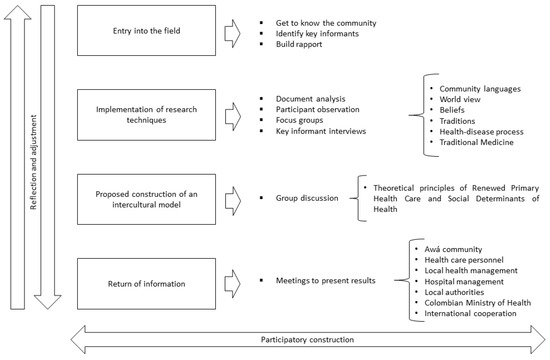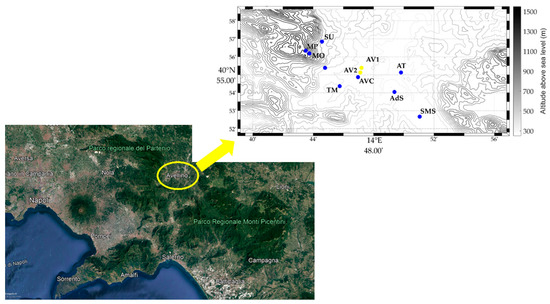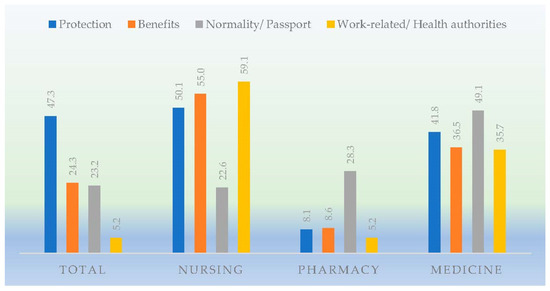Int. J. Environ. Res. Public Health 2022, 19(19), 12250; https://doi.org/10.3390/ijerph191912250 - 27 Sep 2022
Cited by 1 | Viewed by 2555
Abstract
Indigenous communities in Colombia are facing a critical health situation; alternative health care models based on the vision of the communities themselves are needed. The objective of this research was to create a health care model that decreases health inequities for the Indigenous
[...] Read more.
Indigenous communities in Colombia are facing a critical health situation; alternative health care models based on the vision of the communities themselves are needed. The objective of this research was to create a health care model that decreases health inequities for the Indigenous Awá population of Nariño, Colombia. This study was guided by the paradigm of community-based participatory action research; the process was carried out in 2015 and 2016. The proposed Intercultural Health Care Model is essentially based on health promotion, disease prevention, community empowerment, social participation in health, decentralized health care and coordination between the two medicines (traditional and allopathic). Strategies such as those reported herein, with concerted efforts rather than imposition, maintain human rights and respect for the sovereignty and autonomy of Indigenous people.
Full article
(This article belongs to the Special Issue Health and Wellness for Indigenous Peoples)
►
Show Figures









